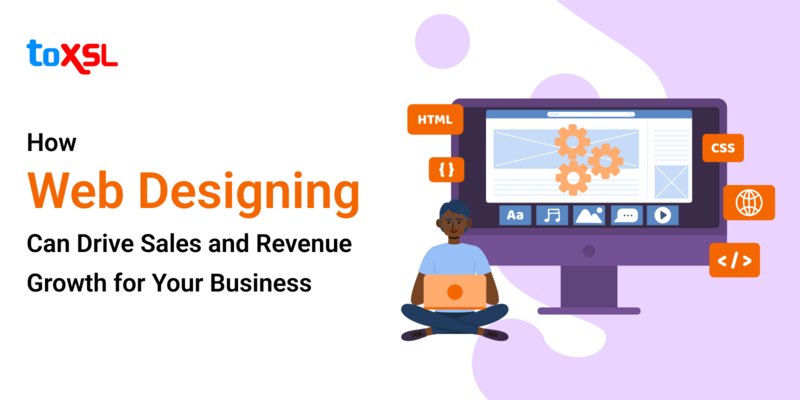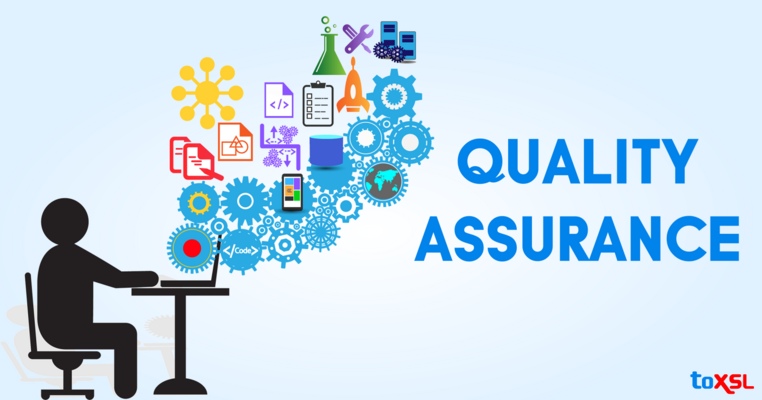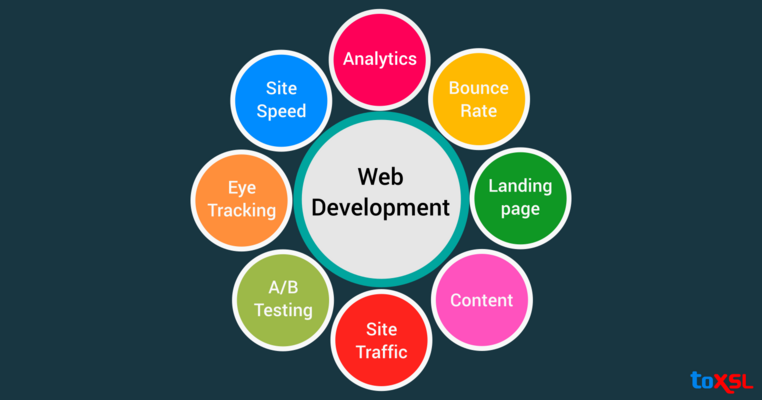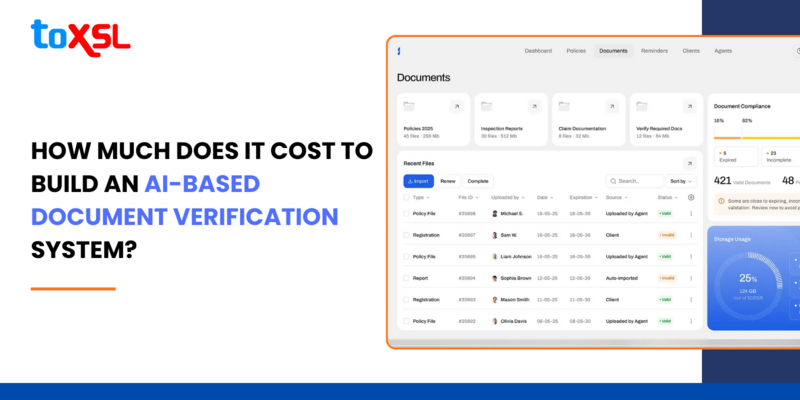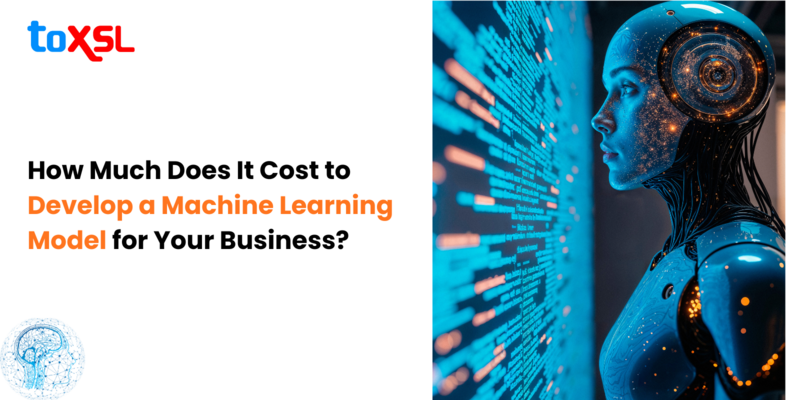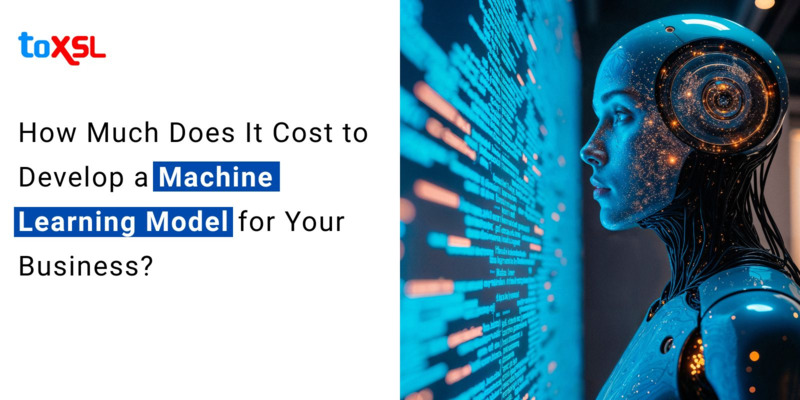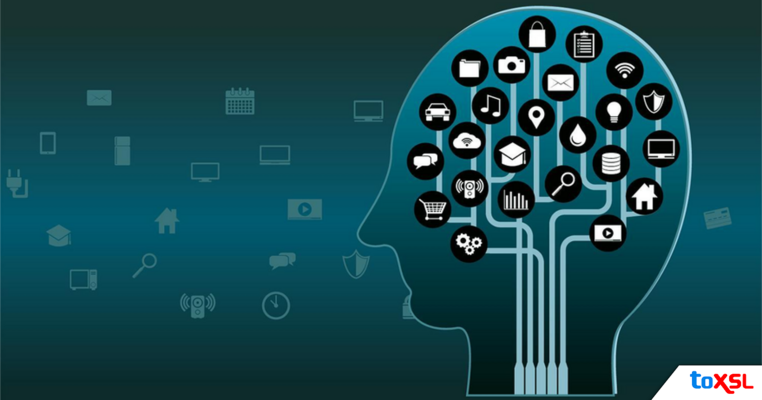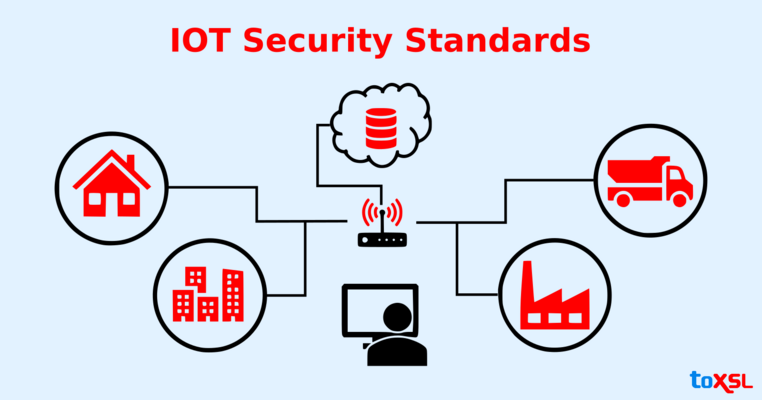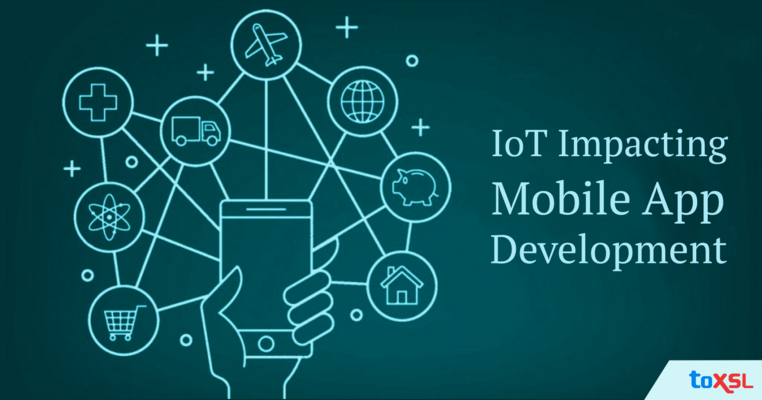
The Internet of Things (IoT) continues to reshape industries by enabling everyday objects to connect, communicate, and automate operations. From smart home devices to industrial monitoring, IoT solutions are transforming business models, workflows, and user experiences worldwide.
According to a report by Grand View Research, the IoT market is expected to reach $2.56 trillion by 2030, with a CAGR of 11.4%. This growth is driven largely by the expansion of high-speed connectivity technologies, such as 5G.
If you are considering investing in Internet of Things software to unlock its advantages, understanding the associated costs and how to budget effectively is crucial. Developing IoT software is unique in that it bridges hardware, cloud, connectivity, and user-centric applications, each contributing distinct cost factors. IoT software development services offered by specialized providers bring together embedded system programming, cloud architecture, mobile/web development, and cybersecurity expertise.
Key Takeaways
- IoT software development costs range from $20,000 for simple applications to over $ 500,000 for complex enterprise solutions.
- Maintenance, cloud, connectivity, and security updates add 15–20% to initial costs annually.
- Early integration of security and compliance saves from costly breaches and fixes later.
- Using established cloud IoT platforms and a modular design cuts development time and costs.
- Experienced IoT developers and an MVP-first approach reduce risks and optimize budgets.
- Hardware complexity and custom firmware increase costs; off-the-shelf parts save time and money.
- Connectivity choices affect both development and ongoing operational costs.
- Hidden long-term expenses like data growth, device upkeep, and system integration must be budgeted.
What is IoT Software Development?
IoT software development involves creating the software systems that allow physical devices, sensors, and machines to collect, transmit, and process data, enabling real-time insights and automation. This includes:
- Writing embedded firmware to interface with sensors and actuators
- Developing backend cloud infrastructure for data storage and processing
- Building mobile or web apps to visualize data and control devices
- Implementing connectivity protocols like Wi-Fi, Bluetooth, Zigbee, LoRaWAN, or 5G
- Ensuring security through encryption, authentication, and compliance
IoT software developers must integrate these layers seamlessly to create reliable, scalable, and secure IoT solutions.
Key Components Driving IoT Software Development Costs
To prepare an accurate budget, it’s critical to understand the primary cost drivers in developing Internet of Things software:
1. Hardware Integration and Firmware:
While hardware devices themselves carry production costs, the development of firmware/software that controls them can significantly impact budgets. Custom firmware tailored to specific sensors or devices requires specialized embedded programming skills.
Costs depend on:
- Number and type of sensors and actuators
- Complexity of firmware logic for data acquisition and communication
- Frequency of firmware updates and maintenance
A basic IoT device firmware might cost between $10,000 to $30,000, while more complex custom integrations can be higher.
2. IoT Software Development and Feature Scope:
The software logic that processes data, manages device fleets, and presents insights greatly influences cost. More advanced features require more hours of skilled development, for instance:
- Real-time data visualization dashboards
- Remote firmware update mechanisms
- AI algorithms for predictive analytics
- Multi-device synchronization and control
IoT software development cost can range widely from $20,000 for simple control apps to over $500,000 for enterprise-grade solutions.
3. Connectivity and Network Services:
Connectivity fees depend on the chosen communication protocols and data transfer volumes. Cellular and 5G IoT devices incur higher recurring network costs compared to Wi-Fi or Bluetooth. Typical annual per device connectivity fees range from $4 to $12 or more, adding to total IoT operation expenses.
4. Cloud Infrastructure and Data Storage:
IoT solutions generate huge streams of data requiring scalable cloud infrastructure. Costs arise from:
- Cloud computing resources (processing and storage)
- Managed IoT platforms like AWS IoT Core, Azure IoT Hub, or Google Cloud IoT
- Database management, backup, and disaster recovery
Cloud costs might start modestly but increase as data volume and the number of connected devices grow.
5. Security and Compliance:
Security is a critical concern in IoT software development, with costs tied to:
- Securing all data transfers via encryption
- Implementing reliable authentication and access control
- Ensuring compliance with regulations (GDPR, HIPAA, etc.)
- Continuous vulnerability assessments and patching
Neglecting security upfront may lead to costly breaches or costly re-engineering.
6. User Interface and User Experience Design:
Since end-users interact with IoT software primarily through mobile apps or web dashboards, a well-designed UI/UX is essential. This includes designing intuitive workflows, responsive interfaces, and data visualizations. UI/UX design costs typically range from $5,000 to $50,000, depending on project size and complexity.
7. Maintenance and Support:
After deployment, ongoing costs arise from:
- Firmware updates and feature enhancements
- Cloud infrastructure monitoring and scaling
- Bug fixes and customer support
- Security updates
Maintenance is typically 15–20% of the initial development cost annually.
IoT Software Development Cost Breakdown by Project Stage
IoT software development cost can be divided into multiple stages, each with distinct cost implications:
Discovery & Requirement Analysis | $3,000 - $7,000 | Feasibility study, specs, architecture planning |
Prototype/MVP Development | $20,000 - $50,000 | Basic firmware, app, cloud setup for concept validation |
Full-Scale Development | $50,000 - $300,000+ | Embedded, backend, frontend, analytics, integration |
Testing & Quality Assurance | 15–25% of total budget | Functional, security, and performance testing |
Deployment & Cloud Setup | $5,000 - $20,000 | Cloud configuration, device provisioning, CI/CD |
Maintenance & Support (annual) | 15–20% of development cost | Updates, monitoring, bug fixes, feature additions |
Cost Differences by IoT Application Type
IoT software development costs also vary significantly by industry and solution type:
Smart Home Devices | $20,000 – $60,000 | Simple app, standard devices, limited cloud complexity |
Healthcare IoT (IoMT) | $50,000 – $300,000+ | Real-time monitoring, stringent security and compliance |
Industrial IoT (IIoT) | $80,000 – $500,000+ | High sensor count, advanced analytics, integration with ERP systems |
Smart Agriculture | $40,000 – $120,000 | Remote sensing, cloud data, weather API integration |
Wearables | $30,000 – $90,000 | Miniaturization, connectivity, battery optimization |
Smart Transportation & Logistics | $100,000 – $500,000+ | GPS, fleet management, real-time tracking, multi-channel comms |
Hidden and Long-Term Costs of IoT Software Development
Many organizations underestimate the total cost of ownership (TCO) of IoT projects by neglecting expenses that arise post-launch:
- Device Lifecycle Management: firmware upgrade logistics, hardware replacements
- Scaling Infrastructure: higher cloud and networking costs as devices increase
- Security Patching: continuous vulnerability management
- Third-Party Software or API Licensing: usage fees and renewals
- Data Growth Management: expanding storage needs and corresponding costs
Factoring these expenses upfront can prevent budget overruns.
Best Practices to Optimize IoT Software Development Budget
- Progressive MVP Development: Build essential features first to validate the market, then scale
- Leverage Established Cloud IoT Platforms: Minimize custom backend development with managed services
- Modular Architecture: Facilitate future upgrades without costly redesigns
- Embed Security Early: Avoid expensive retrofits in later phases.
- Choose Experienced IoT Software Developers: Efficient workflows reduce repeat work.
- Automate Testing and Deployment: Speed up release cycles and reduce manual errors
Why Partner with Professional IoT Software Development Services?
IoT projects require a broad range of expertise. Reputed IoT software development services provide end-to-end solutions that cover:
- Embedded firmware and hardware integration
- Cloud and backend service architecture
- Mobile and web app development
- Security engineering and compliance
- Data analytics and AI integrations
- Ongoing maintenance and support
By collaborating with professionals, you gain a team familiar with best practices, security protocols, and cost-effective development strategies that ensure your project’s success.
Conclusion
At ToXSL Technologies, we recognize that the cost of IoT software development extends far beyond coding; it is an investment in a secure, scalable, and intelligent ecosystem that delivers measurable business value. Our extensive experience in Internet of Things software development services allows us to guide clients through each stage of budgeting and development, providing transparency and control over costs.
Our team of skilled IoT software developers is committed to crafting tailored solutions that match your objectives and budget constraints without compromising quality or innovation. Whether you’re building a simple connected device or a complex industrial IoT platform, we help you optimize your investment by leveraging modern technology stacks, advanced analytics, and robust security measures. Partner with ToXSL Technologies to turn your IoT vision into reality. Contact us today.
Frequently Asked Questions
1. What factors influence the cost of IoT software development?
Costs vary based on project complexity, number of connected devices, hardware integration, software features, cloud infrastructure, security, and ongoing maintenance.
2. How much does IoT software development typically cost?
Simple IoT apps can start around $20,000, while complex enterprise-grade solutions may exceed $500,000, depending on features and scale.
3. Why is ongoing maintenance important in IoT projects?
Maintenance covers firmware updates, cloud costs, security patches, and support, usually adding 15–20% annually to initial development costs.
4. How can I optimize my IoT software development budget?
Start with an MVP, use existing IoT cloud platforms, adopt a modular design, prioritize security early, and partner with experienced IoT software developers.
5. What role do IoT software developers play in managing costs?
Skilled developers ensure efficient coding, robust security, smooth integration, and scalability, reducing risks and avoiding expensive redesigns.




